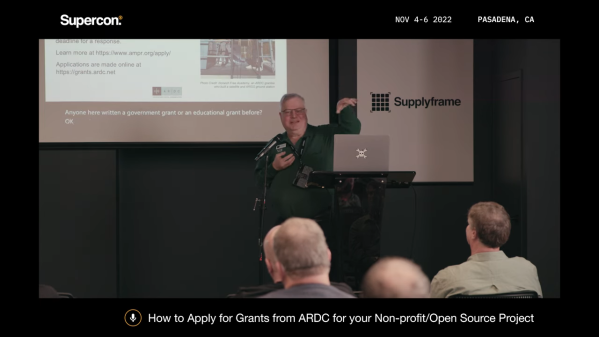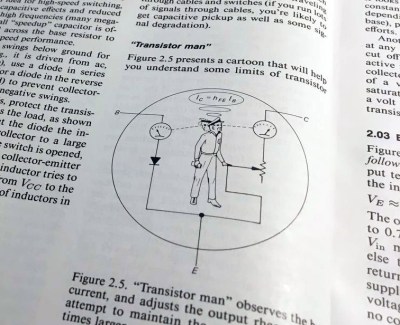Imagine you had a rich uncle who wanted to fund some of your projects. Like, seriously rich — thanks to shrewd investments, he’s sitting on a pile of cash and is now legally obligated to give away $5,000,000 a year to deserving recipients. That would be pretty cool indeed, but like anything else, if it sounds too good to be true, it probably is, right?
Well, maybe not. It turns out that we in the amateur radio community — and even amateur radio adjacent fields — have a rich uncle named Amateur Radio Digital Communications (ARDC), a foundation with a large endowment and a broad mission to “support amateur radio, funds scholarships and worthy educational programs, and financially support technically innovative amateur radio and digital communications projects.” As the foundation’s Outreach Manager John Hayes (K7EV) explained at Supercon 2022, ARDC is a California-based 501(c)3 non-profit organization that has been in the business of giving away money to worthy projects in the amateur radio space since 2021.
Continue reading “Supercon 2022: Tap Your Rich Uncle To Fund Your Amateur Radio Dreams”















